Data Science News
Hackernoon
343

Image Credit: Hackernoon
New Formula Could Make AI Agents Actually Useful in the Real World
- A new formal model called the L Function has been introduced to optimize how Large Language Models (LLMs) operate within Multi-Agent Systems (MAS).
- The L Function aims to minimize inefficiencies in LLM outputs by balancing brevity, contextual alignment, and task relevance through a mathematical framework.
- It decomposes contextual deviation considering task alignment, historical alignment, and system dynamics using adjustable parameters for weighting task importance, historical coherence, and robustness.
- The benefits of adopting the L Function include contextual precision, response efficiency, adaptive prioritization, and a domain-agnostic design applicable across various sectors like healthcare, finance, and robotics.
Read Full Article
20 Likes
Medium
107
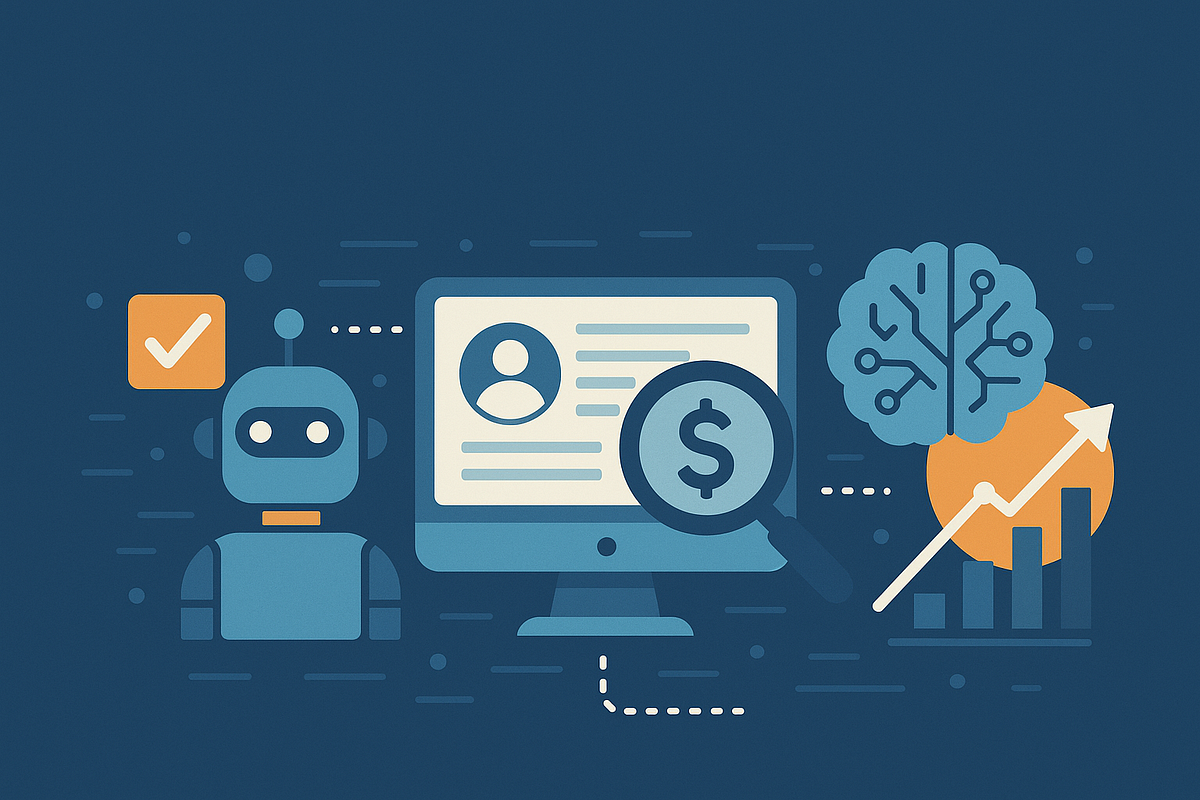
Image Credit: Medium
AI and Machine Learning: Transforming Financial Communication Monitoring
- The SEC recently fined a registered investment advisor for compliance failures related to unauthorized employee communications conducted through encrypted platforms.
- The firm’s inadequate monitoring infrastructure failed to detect communications outside approved channels, highlighting the need for modern surveillance technology.
- Financial regulators have imposed over $2.5 billion in fines since 2021 for recordkeeping failures in unauthorized communications channels.
- Traditional surveillance systems using static rules and keyword matching struggle with false positives and sophisticated evasion attempts.
- AI and machine learning have enhanced surveillance accuracy, reducing false positives by 62% and increasing true positive detection by 41%.
- Natural language processing (NLP) plays a pivotal role in transforming surveillance effectiveness by understanding human communication nuances.
- NLP models enhance surveillance by reducing false positives and maintaining high detection rates for compliance issues.
- Predictive surveillance systems can identify behavioral patterns preceding misconduct, aiding in the prevention of compliance violations.
- The shift from reactive to predictive surveillance allows for the detection of emerging compliance risks before they escalate.
- AI's role in financial communication monitoring extends to voice analytics, analyzing tone and stress patterns for potential compliance issues.
Read Full Article
6 Likes
Medium
325

Image Credit: Medium
How a Simple AI Bot Helped Me Earn $500 in a Week
- An individual shares their experience of earning $500 in a week through the Revolutionary AI Bot System.
- Initially skeptical, the user decided to try the system that promised automation and real-time profits with minimal effort.
- After setting up the bot in minutes, the user found it efficient, allowing them to focus on their regular job while the bot handled automated strategies.
- Feedback from other users highlighted similar success stories, emphasizing the system's ability to save time and enhance efficiency for various entrepreneurial pursuits.
Read Full Article
19 Likes
Medium
59
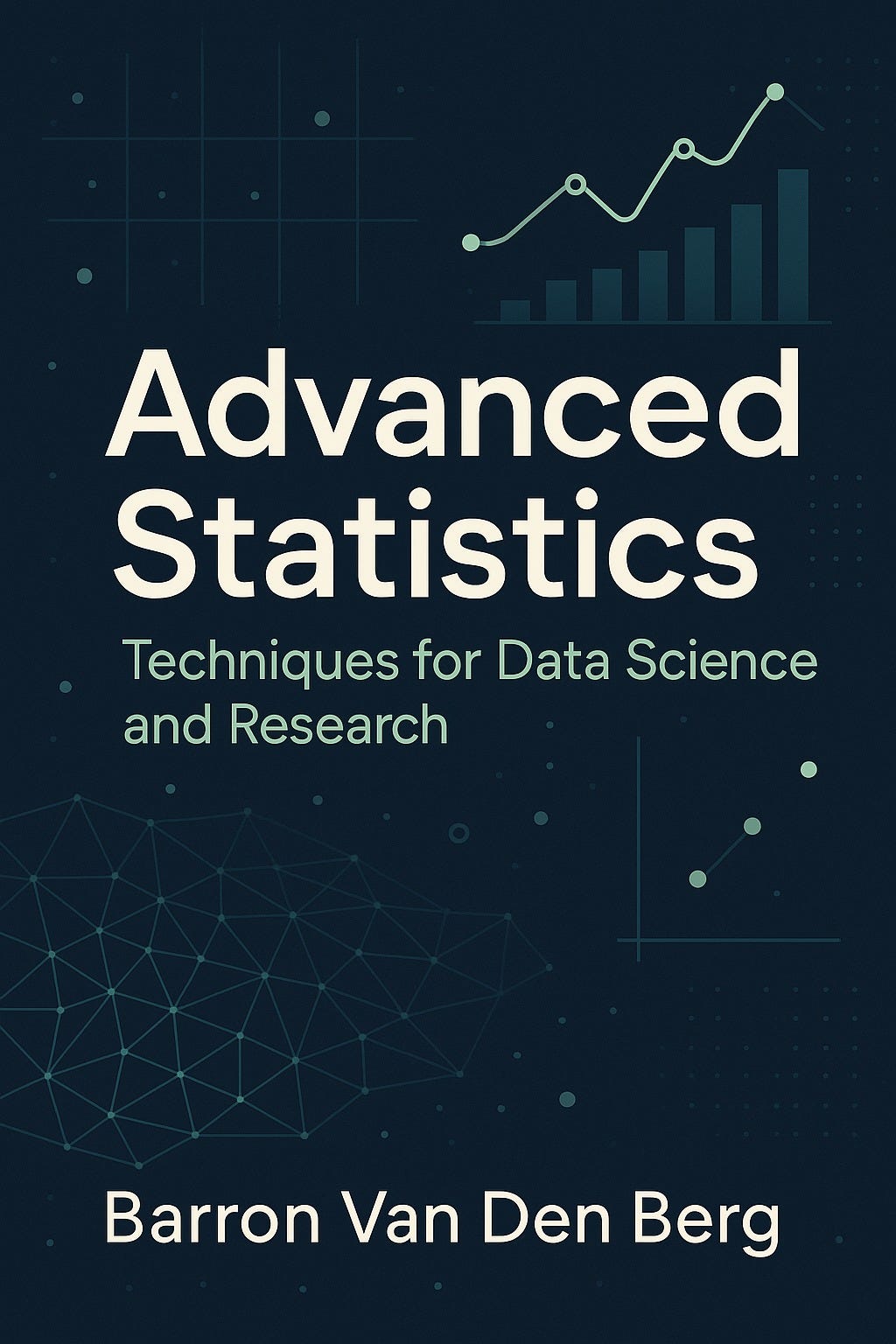
Image Credit: Medium
Master Advanced Statistics for Data Science and Research — Your Next Big Career Move
- The course 'Master Advanced Statistics for Data Science and Research' offers in-depth statistical knowledge for students, researchers, and aspiring data scientists.
- It includes 10 comprehensive modules covering topics like regression, probability, Bayesian inference, machine learning, and experimental design.
- The course provides real-world case studies in areas such as healthcare, marketing, and AI to enhance practical learning.
- Offered in PDF format at $69 USD on Gumroad, the course aims to bridge the gap between theoretical knowledge and practical application in data science and research fields.
Read Full Article
3 Likes
Medium
312

3 AI Tools That Are Quietly Replacing Entire Jobs—And What You Should Be Doing Instead
- AI tools are quietly replacing entire jobs by performing tasks such as research, report drafting, financial trend extraction, and scheduling.
- To stay economically relevant, focus on outcome ownership and become the strategist rather than the assistant being replaced by AI.
- Instead of being replaced by prompt-driven AI, position yourself as a creative director or launch your own visual content brand using AI tools to dominate low-competition niches.
- In the AI age, prioritize building, licensing what you create, and turning knowledge into equity to stay ahead and be among those who own and control the systems.
Read Full Article
18 Likes
Medium
418

Image Credit: Medium
Data is the New MVP: Rethinking MVP Strategy for AI Products
- In the era of AI, data is considered the most valuable player (MVP) for building successful products.
- Traditional MVP strategies focus on validating assumptions with minimal product development, whereas AI products require high-quality training data for success.
- AI development is nonlinear, with model performance improving significantly with better data, making strong data pipelines essential for AI success.
- It is crucial to rethink MVP strategies for AI, focusing on validating the system's ability to learn effectively rather than just launching a feature.
Read Full Article
25 Likes
Medium
205

Revolutionizing AI with Urdu Deepfake Detection and Software Defect Prediction
- Deepfakes have extended into audio manipulation, with advanced audio analysis techniques employed for detecting synthetic voice content using logistic regression, SVM, perceptron, and deep neural network models.
- Software Defect Prediction application predicts defects by analyzing code metrics, enabling early issue resolution, thereby enhancing software quality and reducing post-release defects.
- The application offers model analytics, including ROC curves, confusion matrices, and various performance metrics, aiding in selecting optimal models for improved outcomes.
- Challenges in development led to insights such as diverse model selection for predictions, clear visualization of metrics, and intuitive UI design, culminating in an effective AI application for deepfake detection and defect prediction.
Read Full Article
12 Likes
Medium
107

Image Credit: Medium
Receipt-OCR Mastery: Turning Paper Slips into Real-Time Retail Data
- Paper receipts can be transformed into real-time business insights using receipt OCR (Optical Character Recognition) technology.
- OCR technology extracts key fields from receipts to enable real-time analytics, fraud detection, and loyalty campaigns.
- Structured receipt data facilitates dynamic pricing adjustments, personalized loyalty programs, and automated tax reporting.
- Modern OCR systems utilize preprocessing, text detection, recognition, semantic parsing, and post-processing to extract structured data.
- OCR models are trained to handle imperfect receipt images through techniques like data augmentation and automatic image enhancements.
- Performance of OCR systems is evaluated based on metrics like Character Error Rate, Field-Level F1 Score, and Monetary Delta.
- Serverless architectures enable real-time processing of receipts from image upload to structured data storage, enriching, and visualization.
- Custom OCR models may be necessary for non-standard receipts, multiple languages, or specific requirements like tax handling.
- Receipt OCR offers businesses the ability to streamline processes, improve accuracy, and gain a competitive edge through data-driven insights.
- Key steps to get started with receipt OCR include auditing current workflows, testing APIs, setting up ingestion pipelines, monitoring performance, and considering custom solutions.
- Mastering receipt OCR is not just about converting paper into text but unlocking automation, visibility, and smart decision-making for enhanced business operations.
Read Full Article
6 Likes
Medium
250

The Code War: Hacker vs Developer
- Arafat, a skilled hacker, and Rahim, a talented developer, settled their debate through a virtual showdown.
- Rahim built a secure web application with best practices like encryption, firewalls, and clean code, and challenged Arafat to break into it.
- Arafat found an old vulnerability in a forgotten library, launched an injection, and successfully breached the database.
- While Rahim acknowledged Arafat's win for the day, he hinted that the battle between developers and hackers is ongoing, with each side playing a crucial role in cybersecurity.
Read Full Article
15 Likes
Medium
107
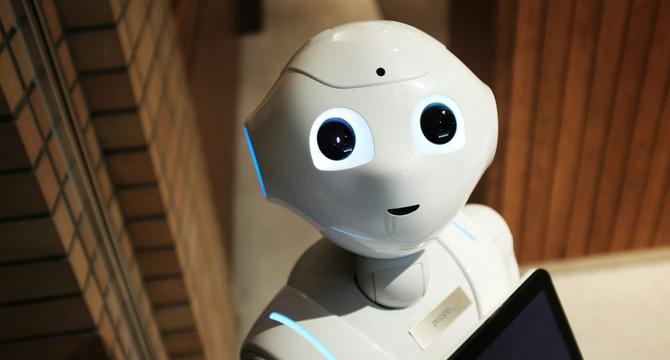
Image Credit: Medium
What is Machine Learning?
- Machine learning is a subset of Artificial Intelligence that enables computers to learn from data, identify patterns, and make decisions without explicit programming.
- Machine learning differs from traditional programming as it can handle tasks like recognizing images, which are too complex for rule-based programming.
- There are three types of machine learning: Supervised Learning, Unsupervised Learning, and Reinforcement Learning.
- Steps involved in a machine learning project include problem identification, data collection, data cleaning, model selection, training, evaluation, tuning, and deployment.
Read Full Article
6 Likes
Medium
245
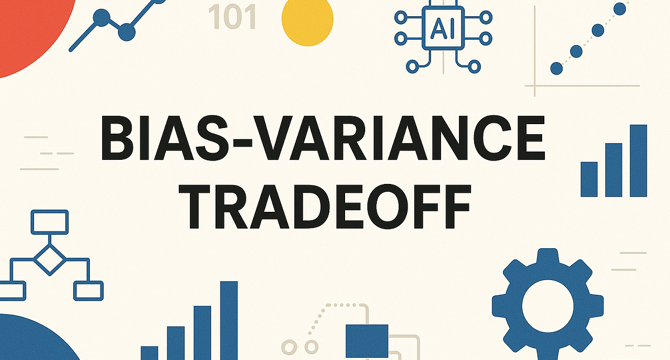
Image Credit: Medium
The Bias—Variance Dilemma: Why Imperfection is the Key to Better Models
- Bias is the difference between the model’s predicted and actual values, indicating systematic errors due to simplistic assumptions.
- High bias leads to underfitting, where the model does not capture the complexity of the data well and performs poorly on training and testing sets.
- Low bias signifies the model accurately fits the training data by capturing underlying patterns and relationships.
- Illustration: Trying to fit curve-shaped data points with a straight line leads to a simplistic model that misses most of the data points, showcasing the impact of bias-variance dilemma.
Read Full Article
14 Likes
Analyticsindiamag
263

Image Credit: Analyticsindiamag
Is AI-led Vishing the Smartest Scam Yet?
- Voice phishing (vishing) attacks rose by 442% in 2024 according to a 2025 CrowdStrike report, exploiting phone calls to manipulate users into revealing sensitive information.
- Attackers are leveraging vishing as systems become more secure, with a focus on exploiting human vulnerabilities that cannot be easily patched like software.
- The advent of AI in vishing scams has made them even more dangerous, with deepfake technology enabling scammers to impersonate trusted individuals using cloned voices.
- To combat AI-led vishing scams, individuals are advised to establish unique passphrases, verify identities through alternate channels, while companies should train employees and implement zero-trust communication workflows.
Read Full Article
15 Likes
Medium
263
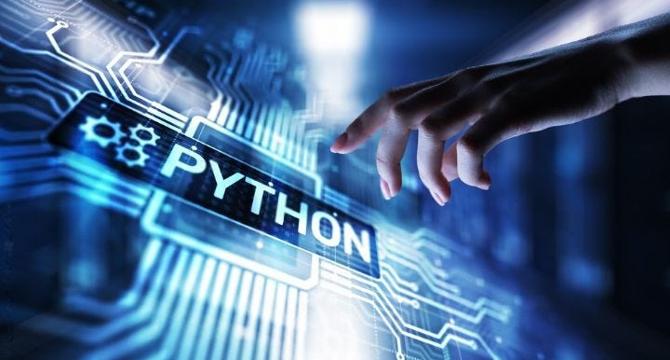
Image Credit: Medium
How to Learn Programming: A Beginner’s Guide
- Identify your reason for learning programming by understanding your goal, whether it is for fun, app development, website construction, or employment.
- Choose a suitable programming language according to your purpose. For beginners, Python, JavaScript, and Scratch are recommended options for different fields.
- Start with one programming language instead of trying to learn multiple languages simultaneously to avoid confusion.
- Utilize user-friendly resources like FreeCodeCamp, Codecademy, and YouTube tutorials to begin your programming journey.
Read Full Article
15 Likes
Medium
152

Image Credit: Medium
LangGraph + Graphiti + Long Term Memory = Powerful Agentic Memory
- RAG project encounters limitations with static knowledge bases hindering the system's adaptability to new or changing information.
- RAG systems depend on fixed knowledge bases that do not update based on new user interactions, leading to outdated responses when information changes.
- Challenges arise in RAG systems when users present unfamiliar questions or inputs, causing the system to lack appropriate information or provide outdated data.
- Similar to discrepancies between Cypher and SQL in data structures, translating user input into relevant responses in RAG systems can be complex due to knowledge base limitations.
Read Full Article
9 Likes
Medium
98

Image Credit: Medium
Beyond the Game Board: How Monte Carlo Tree Search Is Powering the Next Generation of AI
- Monte Carlo Tree Search (MCTS) is at the core of cutting-edge AI applications, from language models to autonomous agents.
- MCTS uses a tree-based structure and four core phases to identify high-value strategies through repeated loops in large, uncertain decision spaces.
- Modern MCTS implementations integrate learning mechanisms and cooperative reasoning, expanding its use in game-playing AI, decision-making systems, and broader applications.
- Recent advancements like R-MCTS enhance decision quality by learning from past trajectories, leading to significant performance boosts in tasks like web-based navigation and robotics.
Read Full Article
5 Likes
For uninterrupted reading, download the app